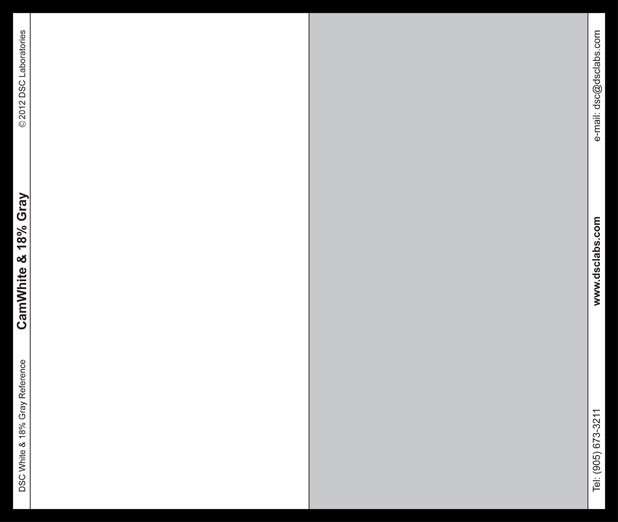 In what was essentially a combination of Scott Simmons’ #28daysofquicktips and my own AMA, I answered questions throughout the month of September last year on a daily basis. The PVC team wanted to rerun this series for our readers along with some new questions and answers, so stay tuned for a few entries at the end of the series which will take us past 28 days. Use the hashtag #28daysofinsights or email us at [email protected] if you want to help us build up some questions for a brand new series.
In what was essentially a combination of Scott Simmons’ #28daysofquicktips and my own AMA, I answered questions throughout the month of September last year on a daily basis. The PVC team wanted to rerun this series for our readers along with some new questions and answers, so stay tuned for a few entries at the end of the series which will take us past 28 days. Use the hashtag #28daysofinsights or email us at [email protected] if you want to help us build up some questions for a brand new series.
Do you think DPs who have a still photography background have an advantage or disadvantage over those who don’t?
There was a time when I shot a lot of work for still photographers who were trying to get into motion directing. That kind of work has dropped way off. I think most figured out that they were happier shooting stills, which is a tremendous craft and artform in itself. Telling a story in one frame is a fairly sizable achievement. As any writer will tell you, writing a novel is very different to writing a short story, and in most cases the short story is harder to write because there’s so much to accomplish but not so much space to do it in.
Low Light Levels and Wide-Open Lenses: the 80s/90s Look
The problem I had with many of these still photographers-turned-directors is that they thought they knew 95% of what they needed to know based on their 20+ years of shooting stills. They figured they’d learn the rest on the set. The reality is that those numbers are flipped: they knew about 5% of what they needed to know. Motion is a completely different beast, with its own terminology and history and working practices, and that’s just what happens on set: then there’s the editing process, scoring process, color grading process…
The biggest difference is that a still photography set command structure is almost entirely vertical: the still photographer sits at the head, then there’s a stylist, and at the bottom you find a handful of production assistants. A motion set has a lot of different people all working together to make shots happen, and that happens at a level that still photographers don’t have to work at normally. There’s a lot more collaboration required.
Also, still photographers can carry the sun in a briefcase, while the same effect in motion requires a 12K HMI, a genny, lots of cable and significant planning.
I shot behind-the-scenes footage of a fashion shoot recently and the still photographer’s work was stunning. I couldn’t do what he did… but he couldn’t do what I did either. There are people who can do both, but I think many of us are happiest doing one or the other—and the pressure to do both seems to have eased off.
Reflected Light Meters: What Are They Really Saying?
I do think that the “floaty” style we see in TV commercials comes from a combination of smaller cameras and still photographers directing spots. It’s a neat style but it’s a bit overdone at this point. Plus it tends to be oriented more toward a documentary aesthetic, which is what a lot of still photography essentially is, and I’m hoping I’ll start to see a return of what I call “intentional” lighting and framing in spots and corporate projects in the not too distant future.
Art Adams | Director of Photography
See all 28 Days of Cinematography Insights
Have your own insight about what I’ve mentioned here? Feel free to comment below or send in a question by using the hashtag #28daysofinsights or emailing [email protected]

Filmtools
Filmmakers go-to destination for pre-production, production & post production equipment!
Shop Now












